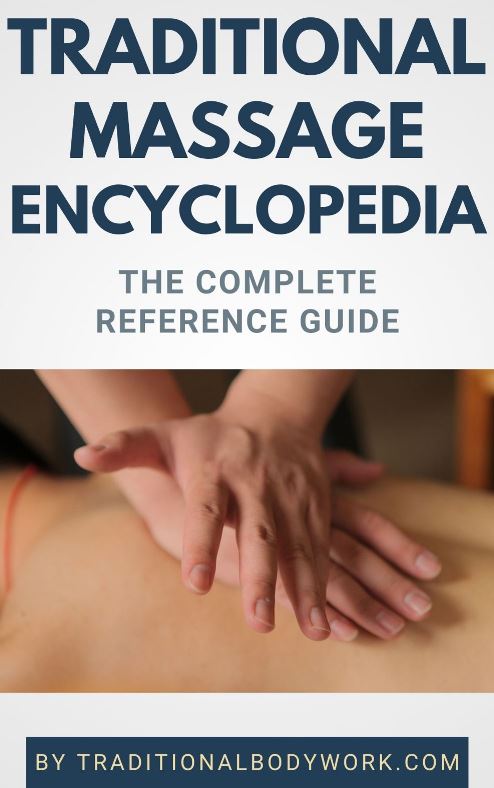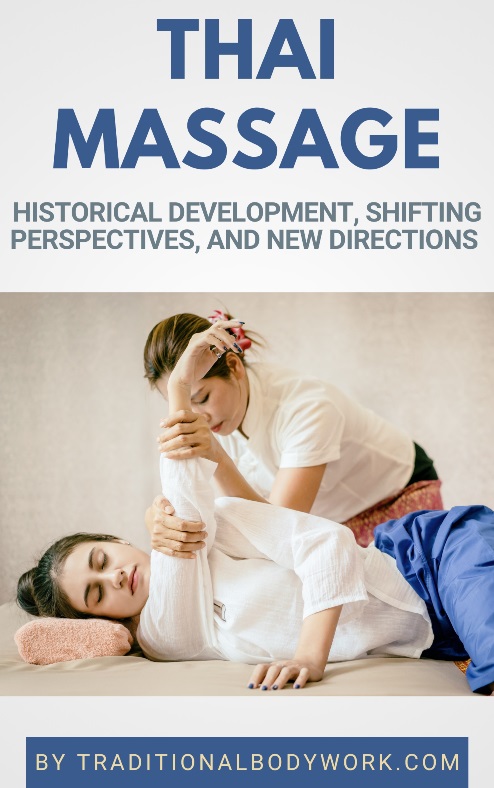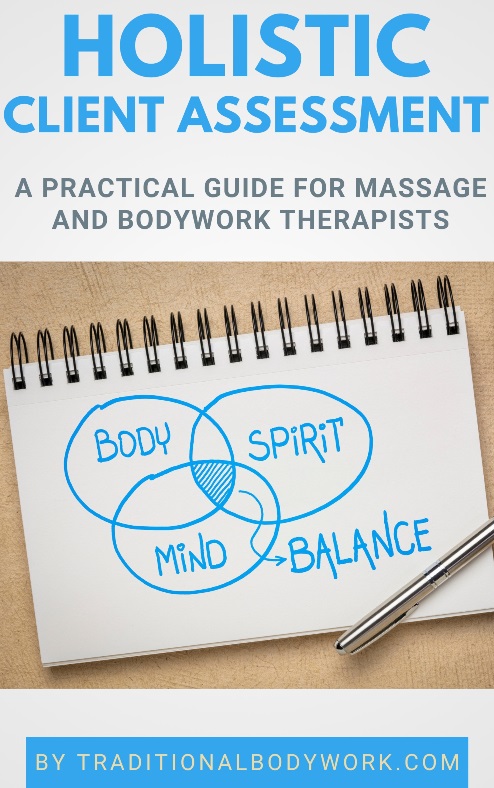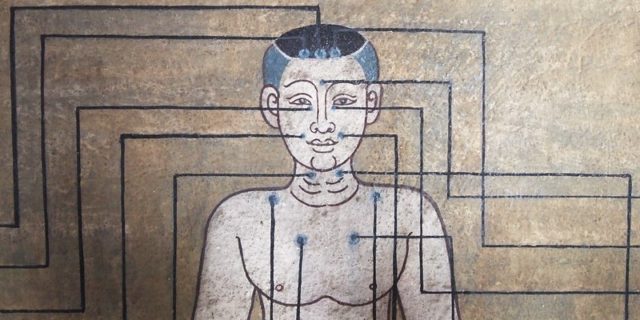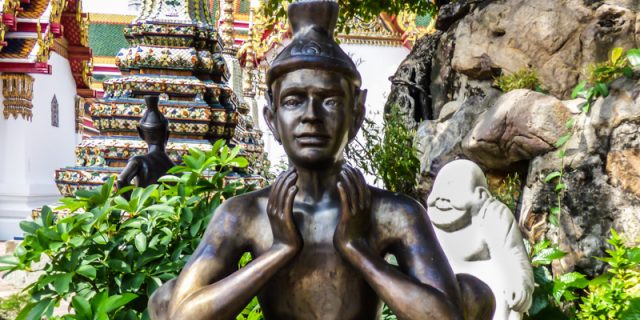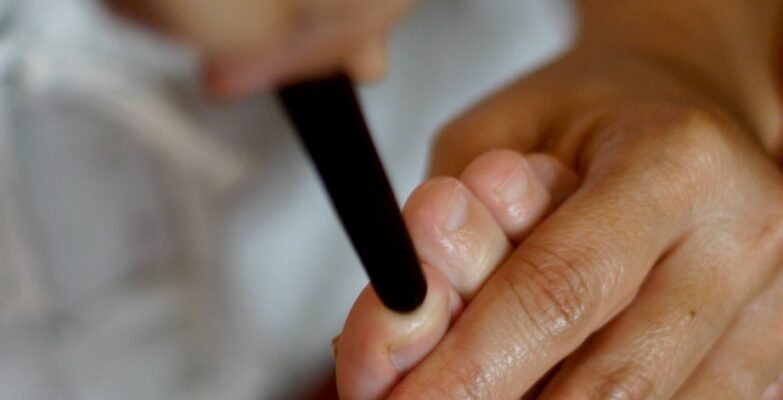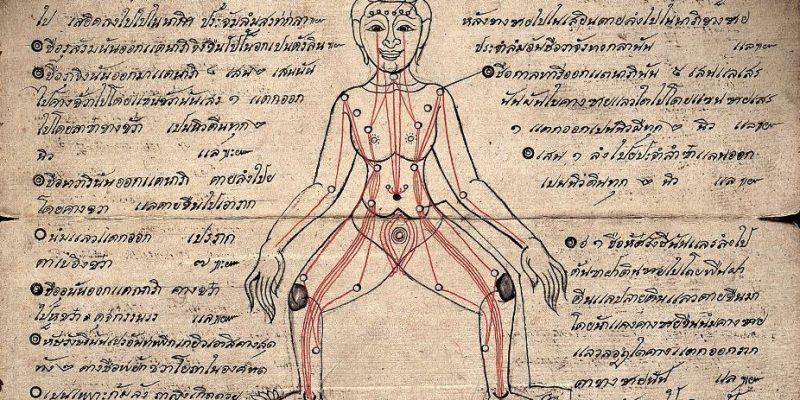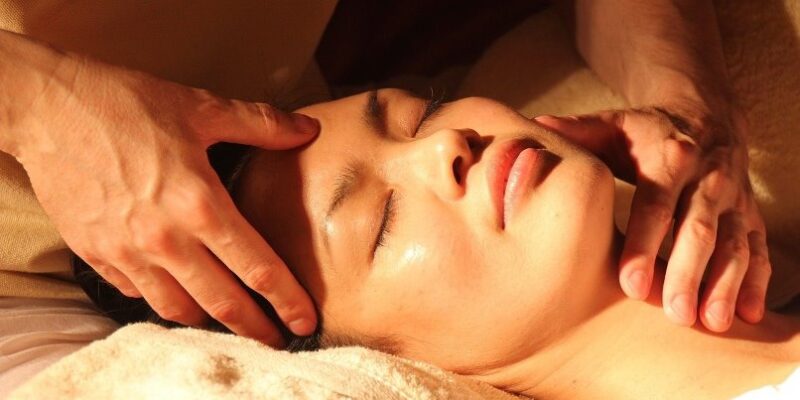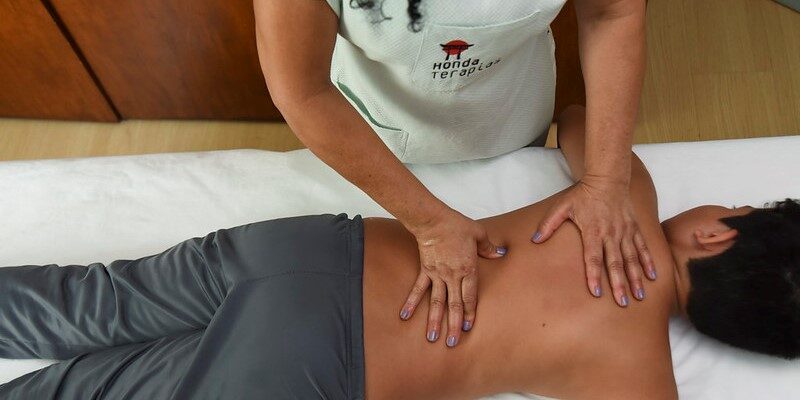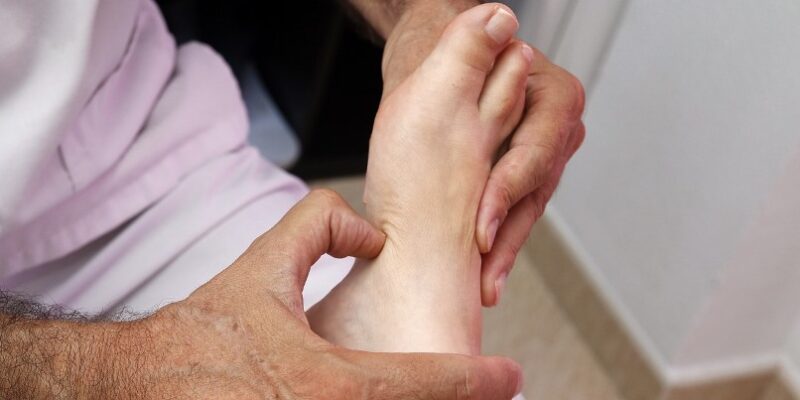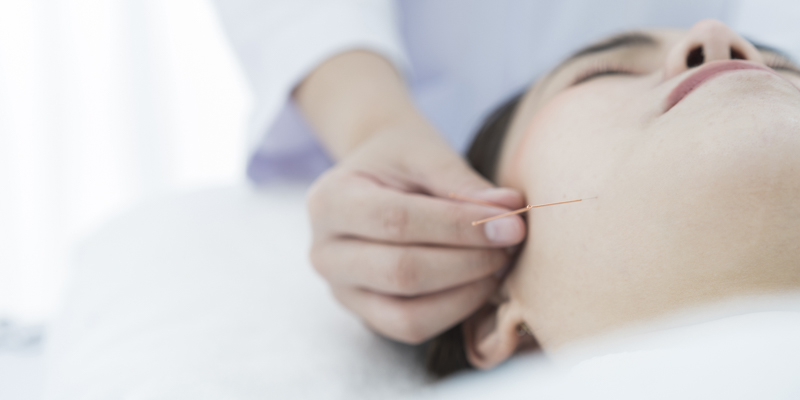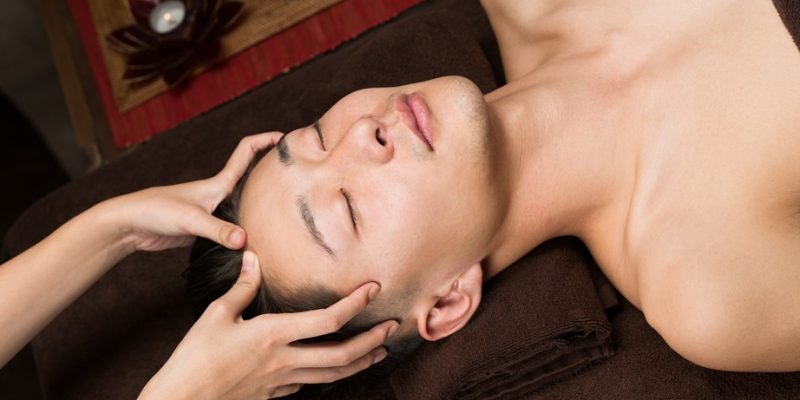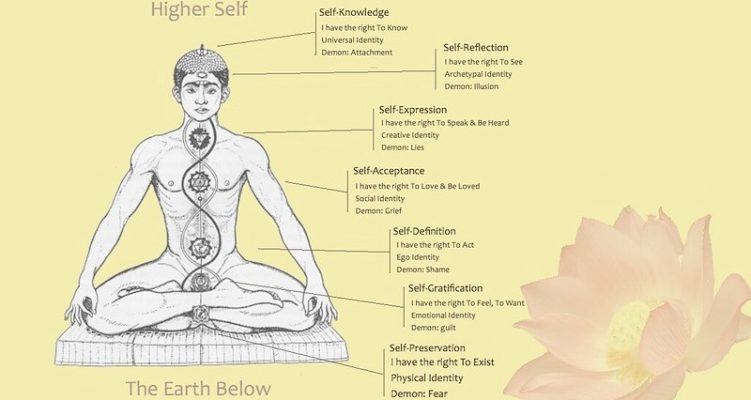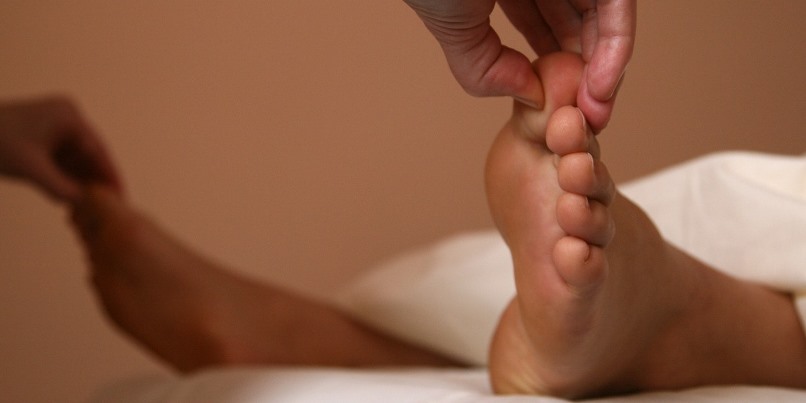
Acupressure is a massage therapy technique used in a variety of massage treatment modalities, and applied to alleviate or cure a broad range of discomforts and illnesses, such as headaches, back, chest, and abdominal pains, indigestion, constipation, nausea, arthritis, asthma, insomnia, sexual dysfunctions, anxiety and depression, just to name some common applications.
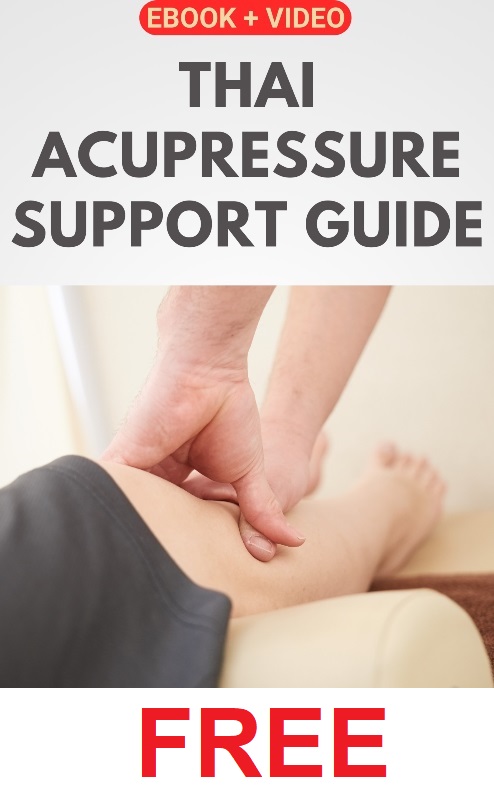
You will find the use of acupressure techniques in various traditional massage modalities such as in Thai Massage, Ayurveda Marma Therapy, Reflexology Massage, Chinese Tuina Massage, and Japanese Shiatsu Massage.
The acupressure technique involves applying (firm and often sustained) pressure on certain points or locations of the body. These special points are commonly called acupoints or acupressure points. In Traditional Chinese Medicine (TCM) they may also be called acupuncture points and in Ayurveda and Yoga they are usually addressed as marma points.
Acupressure therapy is usually given with the fingers, mostly with the thumbs, but it can also be applied with other parts of the body, like with the hand palms, elbows, feet, or knees. Special massage tools may also be used, such as wooden sticks, stones, acuballs, foot rollers, or herbal compresses.
It’s often thought that acupressure techniques have their origin in China, but it has been widely used in other ancient cultures and traditional medicine systems, for thousands of years, like in India in Ayurvedic Medicine. In fact, an increasing number of researchers suggest that acupressure concepts and techniques probably have their origin in India and only later have been introduced in China.
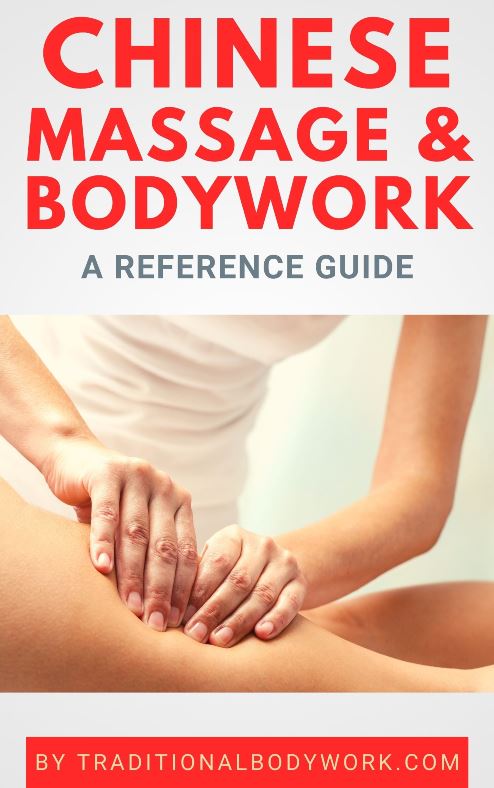
At any rate, Chinese acupressure techniques are based on TCM theories and are used to mobilize Qi Life Force at certain locations on/in the body (the acupoints or acupuncture points). In addition, acupressure is a technique specifically used in Chinese Reflexology Massage.
The acupoints in TCM are physical locations on the Meridians (the Chinese Life Force Energy Channels), which are manipulated to release blocked or congested energy and stimulate the free flow of Qi Life Force — called Prana in India and Lom Pran in Thailand — in order to promote balance, health, and overall wellbeing.
In the Thai Healing Arts, acupressure is commonly given on acupoints that lie along the Sib Sen Energy Lines, the latter being the Thai Life Energy Channels. The Sen Lines can be compared to TCM Meridians, although the Sen follow different trajectories in the body. Like in TCM, the Thai acupressure points are manipulated to release blocked or congested energy flow, to balance energy flow, or as reflex points.
In Ayurveda and Yoga one finds similar concepts. That is, the acupressure points correspond to so-called marma points, which are the “doors” or “windows” along the Nadi Energy Channels by which Prana Life Force that runs (or flows) through the Nadis enters the physical body. In fact, they are seen as junction points in the body that connect energy and matter — subtle and physical body, or mind and body.

Acupressure massage therapy should not be confused with Chinese acupuncture, the latter based on the same TCM principles, but using needles that are inserted at acupoints into the Meridians to remove Qi Life Force blockages.
Acupressure techniques can be used at any moment during a massage treatment and alternated with other massage techniques. However, some massage modalities are entirely applied through acupressure techniques, typically following a range of acupressure point protocols to alleviate or cure specific discomforts or illnesses.
An acupressure session may be given through the receiver’s clothing or on the unclothed body, in different positions, such as sitting, lying on the back, or in the side-lying position, depending on what body parts need to be manipulated. A session can be performed on a massage table, on the floor on a massage mat, on a massage chair, or even on an ordinary chair or stool.

